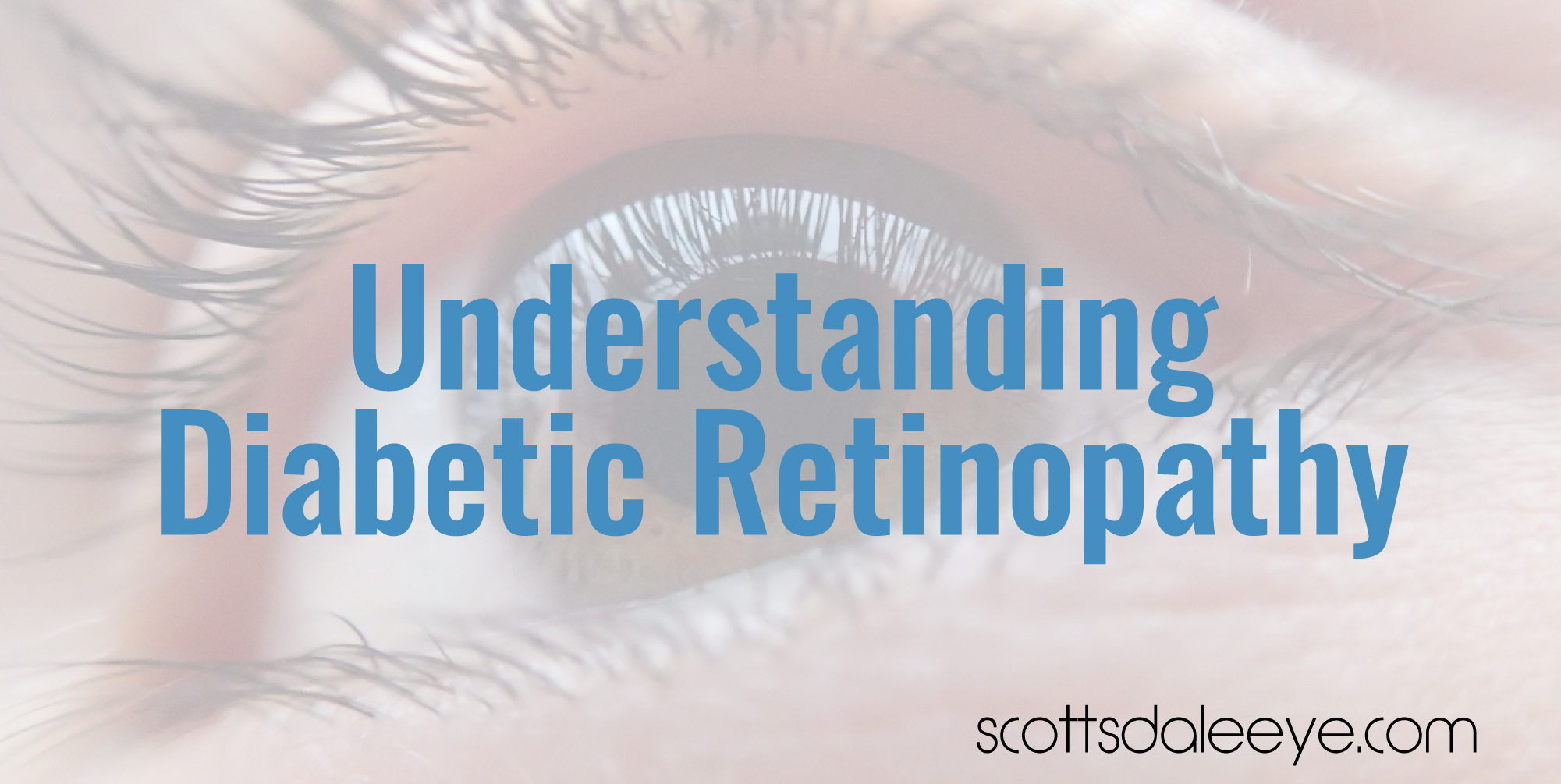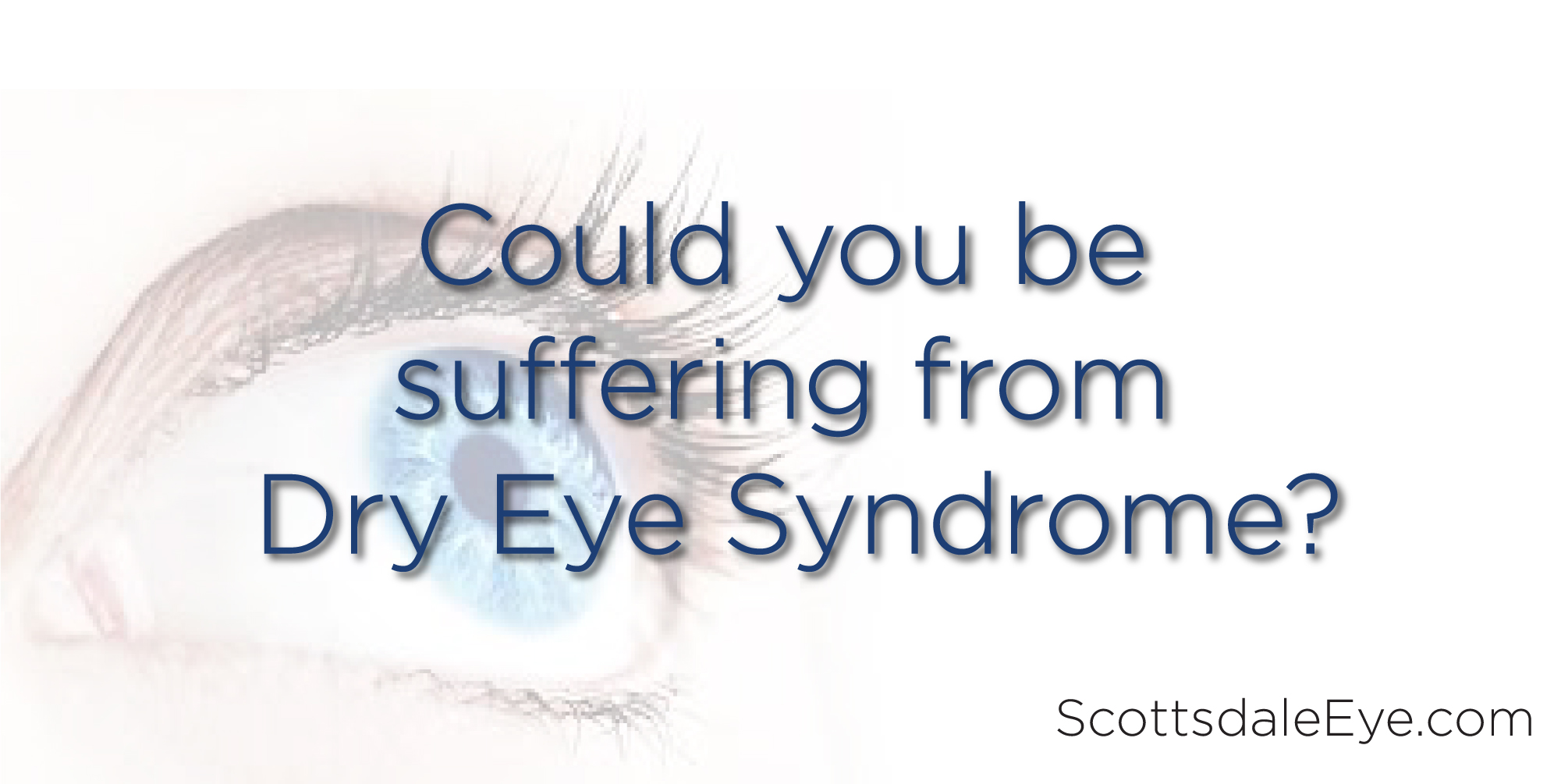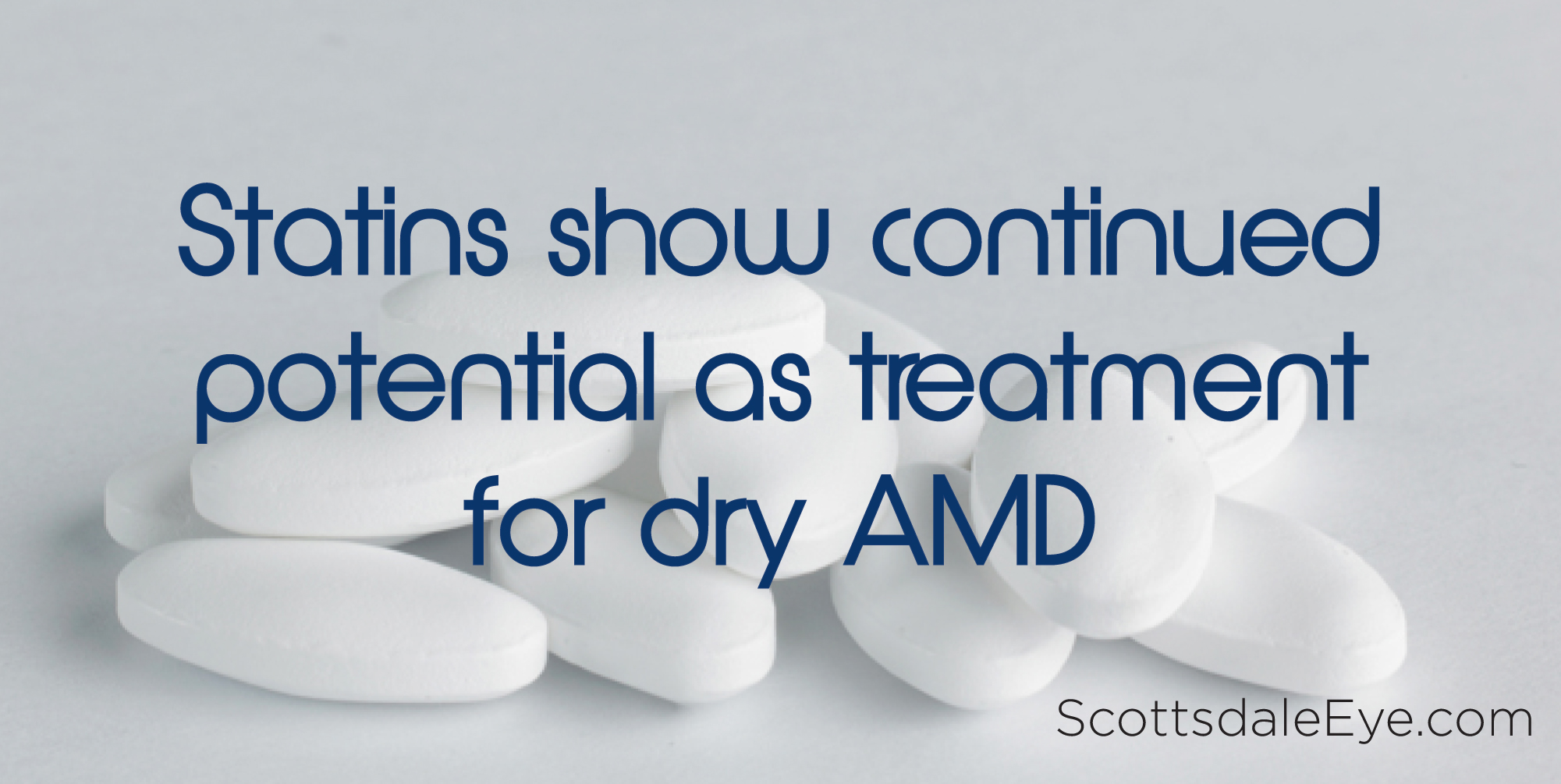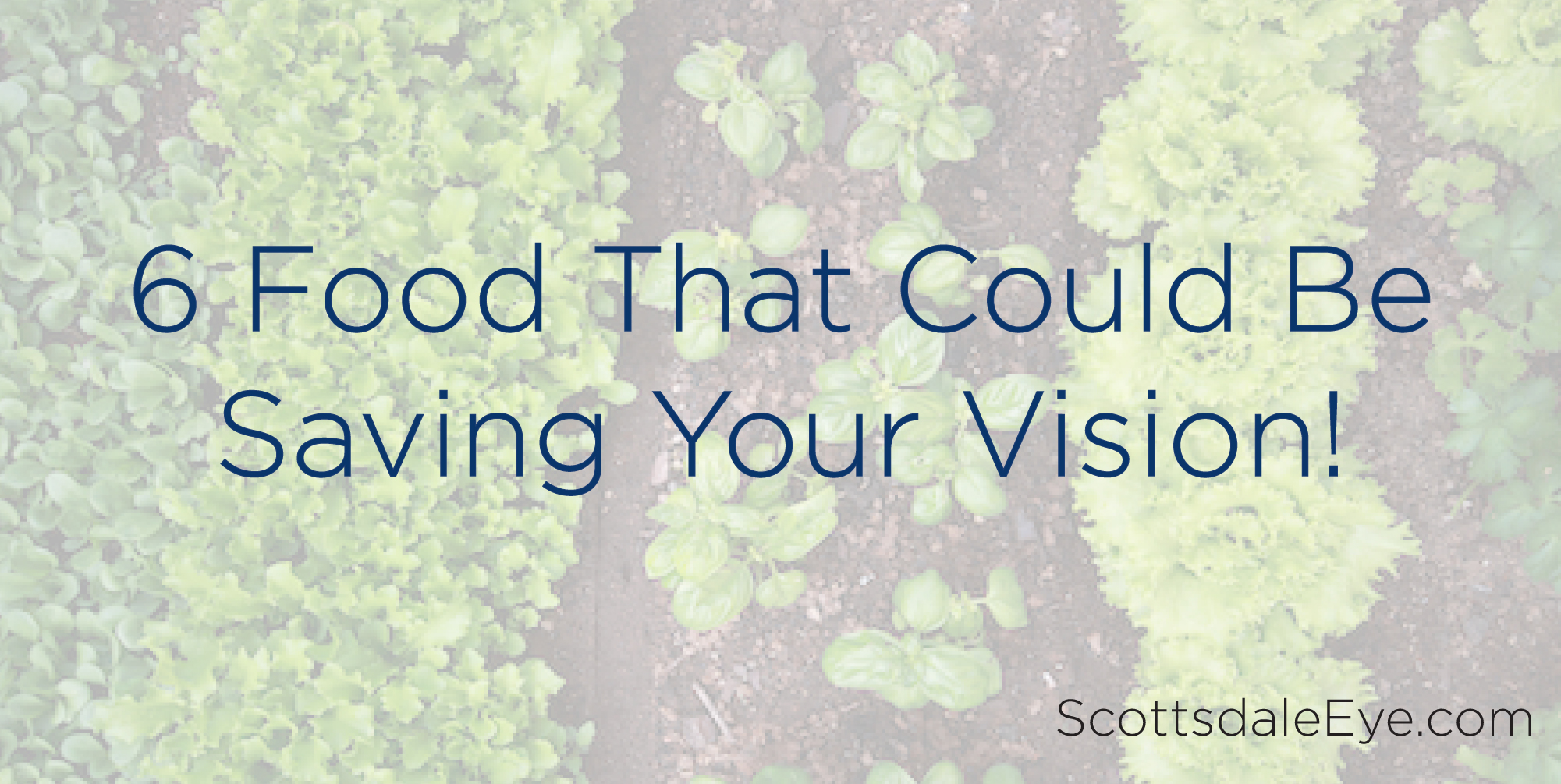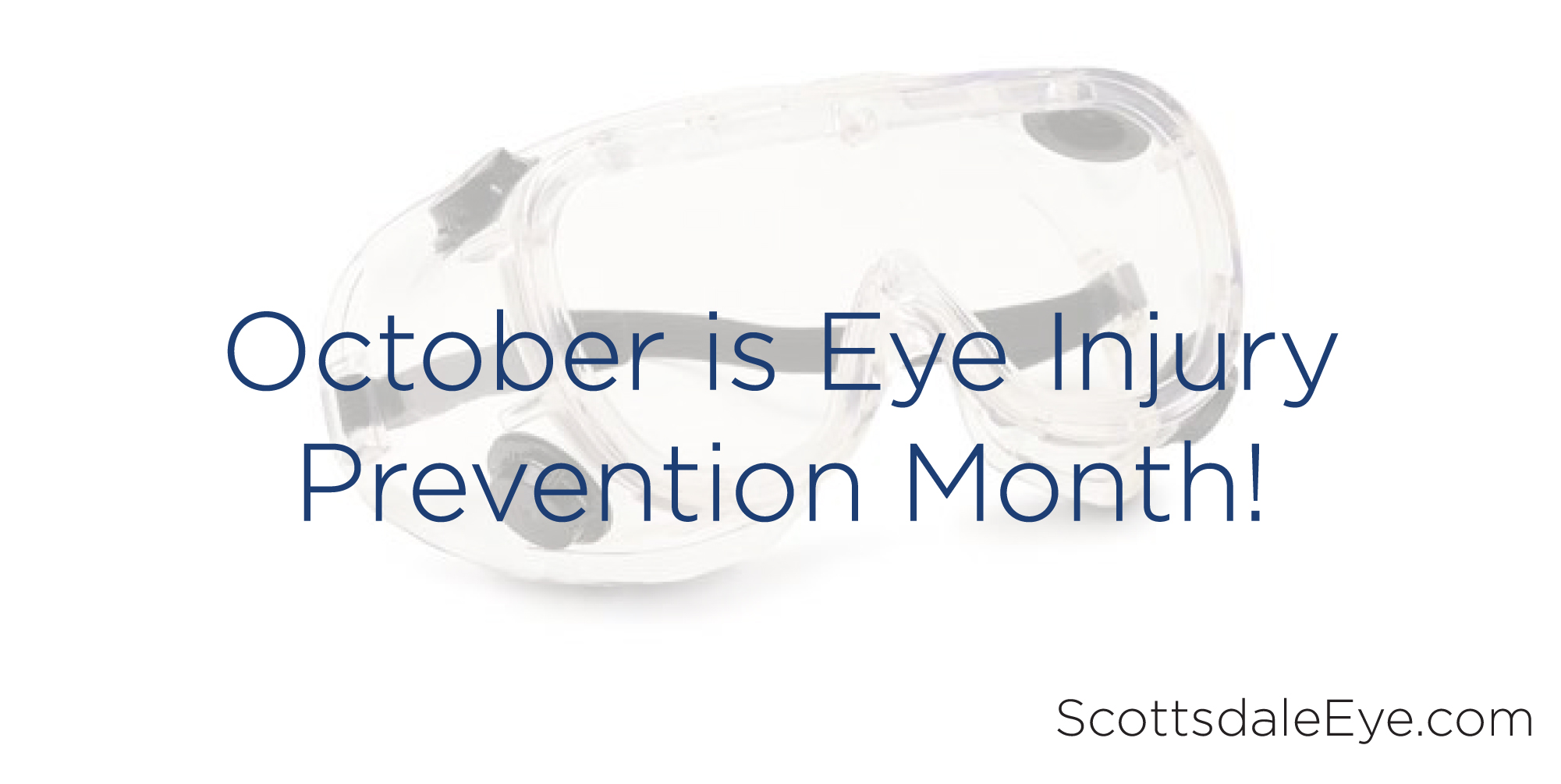If you suffer from diabetes, the possibility of diabetic retinopathy is a real thing. To keep your vision from harm, you should be in the know about the facts of diabetic retinopathy and how to get yourself checked and treated. If you think you could be affected by diabetic retinopathy now or in the future, you may be asking yourself these questions:
Tag Archives: eye treatment
Could you be suffering from Dry Eye Syndrome?
Could you be suffering from Dry Eye Syndrome?
Do your eyes ever burn or feel sandy and gritty? Are they ever red and irritated? You may be suffering from Dry Eye Syndrome.
Historically, eye doctors attributed dry eye syndrome to a reduced amount of tears on the eyes. Although this is a very common cause of dry eye, studies have shown that dry eye is far more involved. Your eye doctor will check the amount of tears, the drainage and quality of your tears, the oil glands that align your eye lids, and the way you blink. All of these factors are important to know prior to determining a treatment plan specific to your individual needs.
In many cases, simply adding an artificial tear to one’s daily routine is not enough to manage symptoms of dry eye. Because there are a multitude of underlying conditions that can lead to dry eye, we treat not only our patient’s symptoms, but the underlying cause of our patient’s dry eye as well.
At Scottsdale Eye Physicians & Surgeons, our first approach to treating dry eye disease is utilizing a homeopathic technique when possible. In many cases, incorporating warm compresses, artificial tears, and a doctor recommended Omega-3 supplement into your daily routine, can significantly improve your symptoms.
If you are experiencing burning, redness, gritty sensation, excessive watering or intermittent blurry vision call 480-994-1872 to make an appointment or click here to make an appointment online!
Statins show continued potential as treatment for dry AMD
High doses of statins, known for lowering blood cholesterol, may someday prove to be a viable treatment for the dry form of age-related macular degeneration (AMD), according to a new study.
“As the population ages, finding safe and inexpensive strategies for the treatment and management of AMD is paramount.”
The results of the relatively small study were published Feb. 4 in the online journal, EBioMedicine.
In the study, high doses of Lipitor (80 mg) were given daily over a 12- to 18-month period to 23 people who suffered from dry AMD, which occurs when high deposits of lipid and fatty proteins form under the retina. In the pilot study, 10 patients experienced a regression in drusen deposits and their sight improved slightly. None of the subjects saw their sight worsen.
Researchers have been looking at the potential of statins for years as a treatment for AMD, says Steven G. Ferrucci, O.D., chief of optometry at Sepulveda VA Medical Center and professor at Southern California College of Optometry at Marshall B. Ketchum University. But the results have been mixed.
Dr. Ferrucci has written and lectured extensively on AMD. “For many years, researchers have postulated that statins may be protective for AMD,” Dr. Ferrucci says. “One study from 2001 looked at the incidence of AMD in patients using statins. Those who took statins had significantly decreased risk of being diagnosed with age-related macular degeneration compared with those who were not taking statins.”
Dr. Ferrucci noted the size of the new study—only 23 patients participated. So it’s important to keep the results in perspective.
He agreed with the study’s authors, a team of researchers at Massachusetts Eye and Ear/Harvard Medical School and the University of Crete, that more study is needed.
“These patients represent a specific subset of AMD patients—those with soft lipid deposits—which not all dry [AMD] patients have,” he says. “So obviously more research with a larger study must be done, and even then, it seems it may only benefit a percentage of AMD patients.”
What the study means for eye doctors and patients
Dr. Ferrucci says, “We should stay alert to these studies so we can properly inform our patients of new developments that may be of help, as well as temper those stories that might send false hope.”
And for patients? A leading cause of severe vision loss in adults over age 50, AMD affects 1.8 million Americans with millions more at risk for the condition.
“If statins turn out to be a successful treatment, that’s great for patients,” Dr. Ferrucci says. “Repurposing current FDA-approved medications, such as statins, which are very accessible and well-studied, would be huge. It would represent a huge cost and time savings versus discovering a novel drug.”
He adds, “Statins are already well studied. They have a good safety profile and there’s lots of clinical experience regarding dosing and side effects. As the population ages, finding safe and inexpensive strategies for the treatment and management of AMD is paramount.”
The AOA follows all research closely, including potential dry AMD treatments. Although statins are an interesting treatment possibility for patients, more research is needed regarding their influence on visual health. For more information or help for better vision, please visit the AOA website.
6 Foods That Could Be Saving Your Vision!
We all know eating a healthy diet has many positive benefits, but did you know it could be preventing eye diseases? Here are a list of 6 Foods that could be saving your vision and other tips!
Foods that are full of vitamins like C and E, zinc, lutein and omega-3’s are extremely beneficial for eye health! According to Age-Related Eye Diseases Study (AREDS) these nutrients are linked to a lower risk for age-related macular degeneration (AMD), cataract and dry eye later in life. It’s always a good idea start incorporating healthy foods into your diet no matter how late or early in life we begin.
Here are 6 foods the be incorporating into your diet:
People who have diabetes or AMD or are at risk for eye diseases and can benefit by following a low-glycemic index diet. A low-glycemic index diet contains foods that do not raise the blood sugar in the body. For more information on the low-glycemic diet click here!
People with AMD may be able to slow the progression of the disease by taking a special nutrient supplement developed as a result of the AREDS2 research. Supplements like PRN have been developed because of the AREDS2 study!
. The formula includes:
- Vitamin C (500 mg);
- Vitamin E (400 IU);
- Lutein (10 mg);
- Zeaxanthin (2 mg);
- Zinc oxide (80 mg); and
- Copper oxide (2 mg).
PRN has a few supplements for eye health click here to read more about the supplements and where to purchase them.
This is promising news for people who are at risk for, or already have AMD. But before stocking up on these supplements, be sure to talk with one of our Eye Doctors to learn if they are recommended for you. Some people should not take large doses of antioxidants or zinc for medical reasons.
People who smoke should ask their physician before taking the original AREDS supplement, because one of the ingredients, beta carotene, as been associated with a higher risk of lung cancer in smokers or people who have recently quit smoking. An alternate version of the original AREDS supplement formulated to be safe for smokers is available. Our Eye Doctors can give you more information on this option.
As you think about ways to improve your eye health, remember: vitamins and nutritional supplements are not a cure for eye disease, nor will they give you back vision that you may have already lost. But good nutrition at all ages is vital for your entire body, and plays an important role in maintaining healthy eyes. Hopefully you found these 6 Foods that could be saving your vision helpful! Talk with one of our Eye Doctors about any concerns you have about your eye health or call 480-994-1872 to make an appointment!
October is Eye Injury Prevention Month
October is Eye Injury Prevention Month!
You might think that the family home is a fairly unthreatening setting. And responses to a recent public survey commissioned by the American Academy of Ophthalmology show that people generally agree.
- Less than half of survey respondents mentioned the home — especially the yard or garage — as the most common site of serious eye injury.
- Only 35 percent of those surveyed always wear protective eyewear when doing home repair or projects.
However, medical statistics tell a different story: nearly half of all eye injuries each year occur in and around the home, and home-based injuries are increasing each year.
This alarming trend is why the American Academy of Ophthalmology and the American Society of Ocular Trauma now recommend that every household have at least one pair of ANSI-approved protective eyewear for use during projects and activities that may present risk of injury. (ANSI-approved protective eyewear is manufactured to meet the American National Standards Institute eye protection standard.) Here are some common places for eye injuries to occur:
In the house:
- Using hazardous products and chemicals, such as oven cleaner and bleach for cleaning and other chores (accidents involving common household products cause 125,000 eye injuries each year)
- Cooking foods that can splatter hot grease or oil
- Opening champagne bottles during a celebration
- Drilling or hammering screws or nails into walls or hard surfaces like brick or cement; the screws or nails can become projectiles or fragments can come off the surface
- Using hot objects such as curling irons around the face; inadvertent contact with the user’s eyes can cause serious injury
- Loose rugs and railings or other hazards that could cause falls or slips
In the yard:
- Mowing the lawn
- Using a power trimmer or edger
- Clipping hedges and bushes
In the garage or workshop:
- Using tools (power or hand)
- Working with solvents or other chemicals
- Any task that can produce fragments, dust particles or other eye irritants
- Securing equipment or loads with bungee cords
For more eye-healthy tips, visit geteyesmart.org.
This article reprinted with permission from the American Academy of Ophthalmology’s EyeSmart® program (www.geteyesmart.org).






